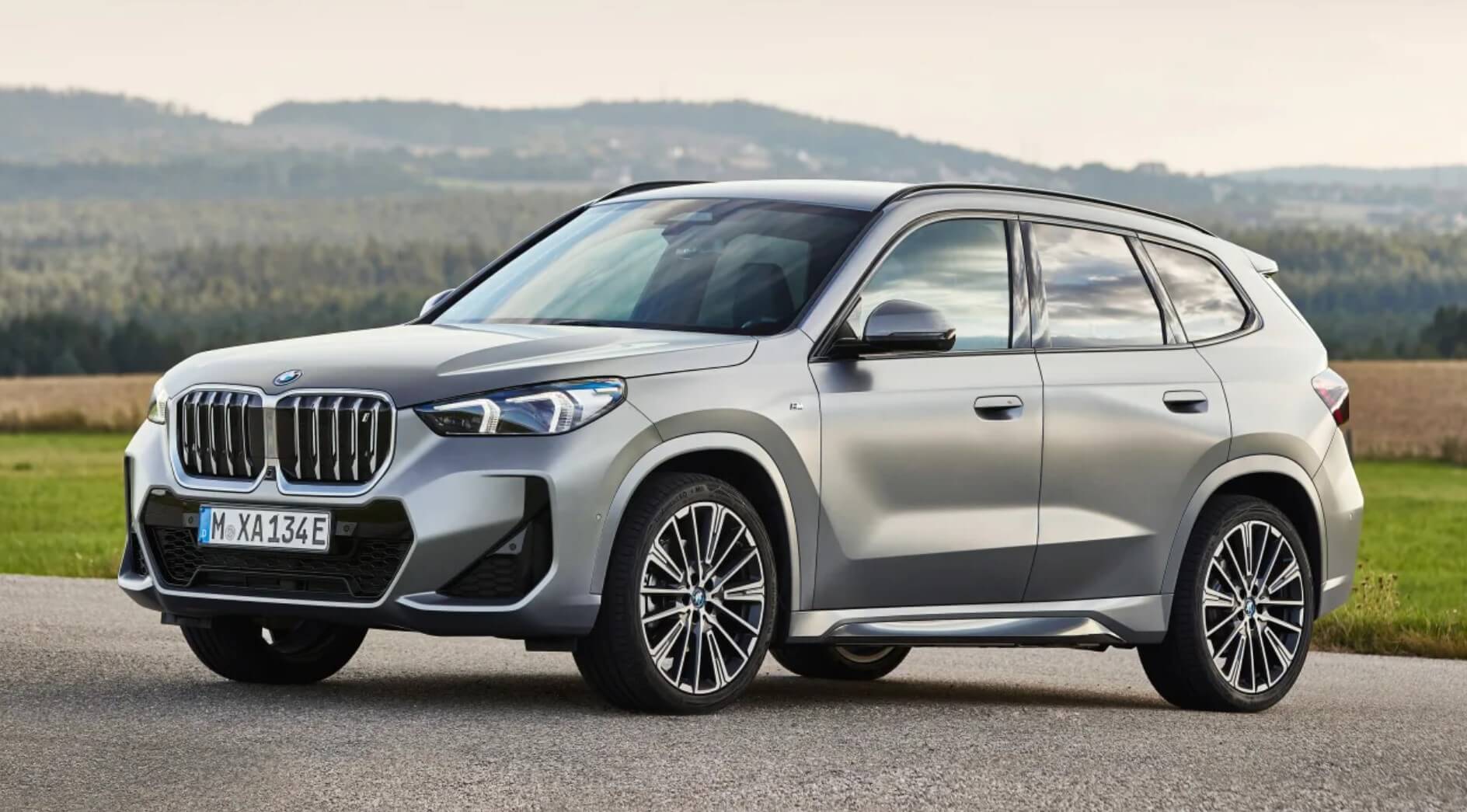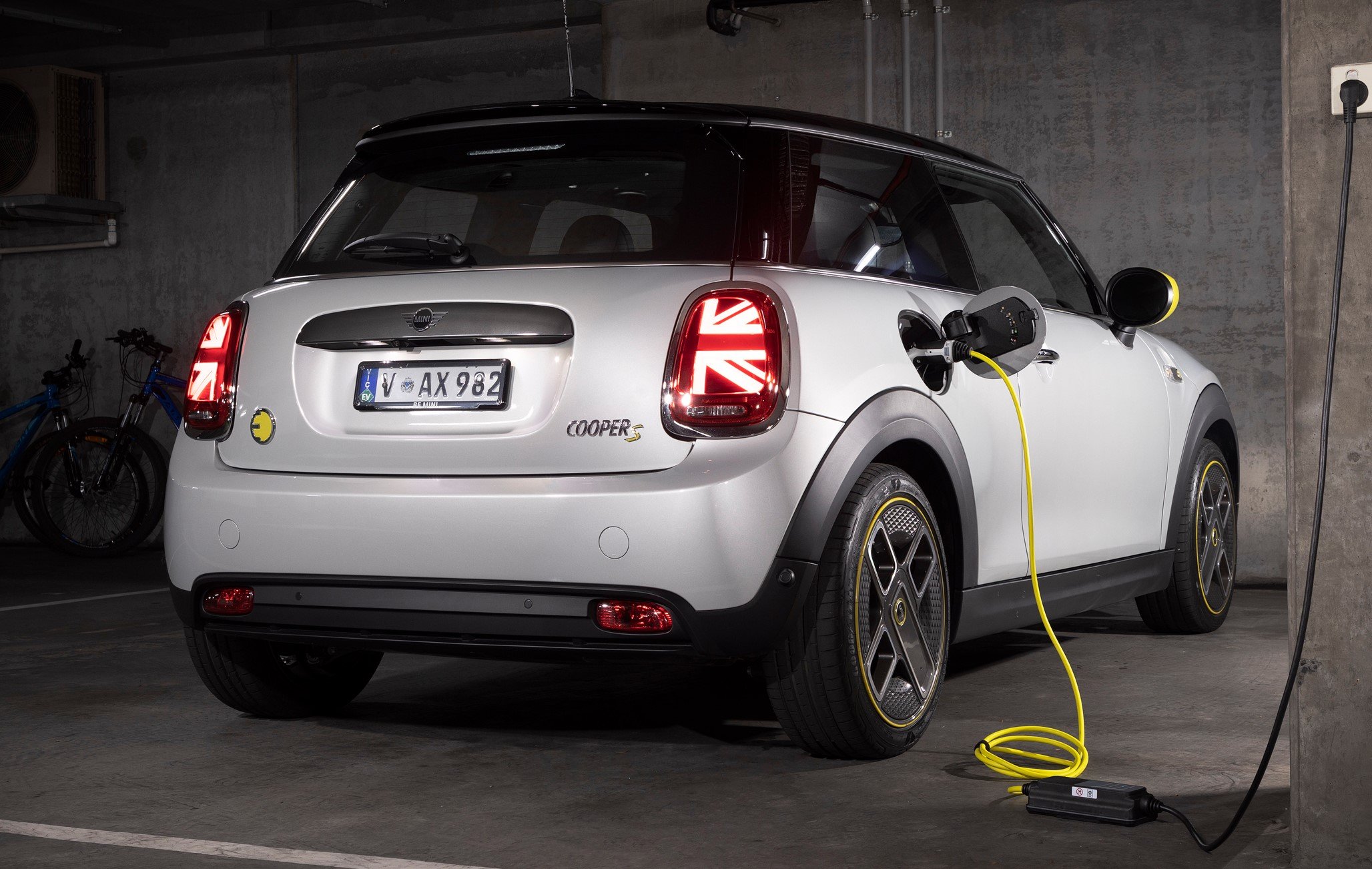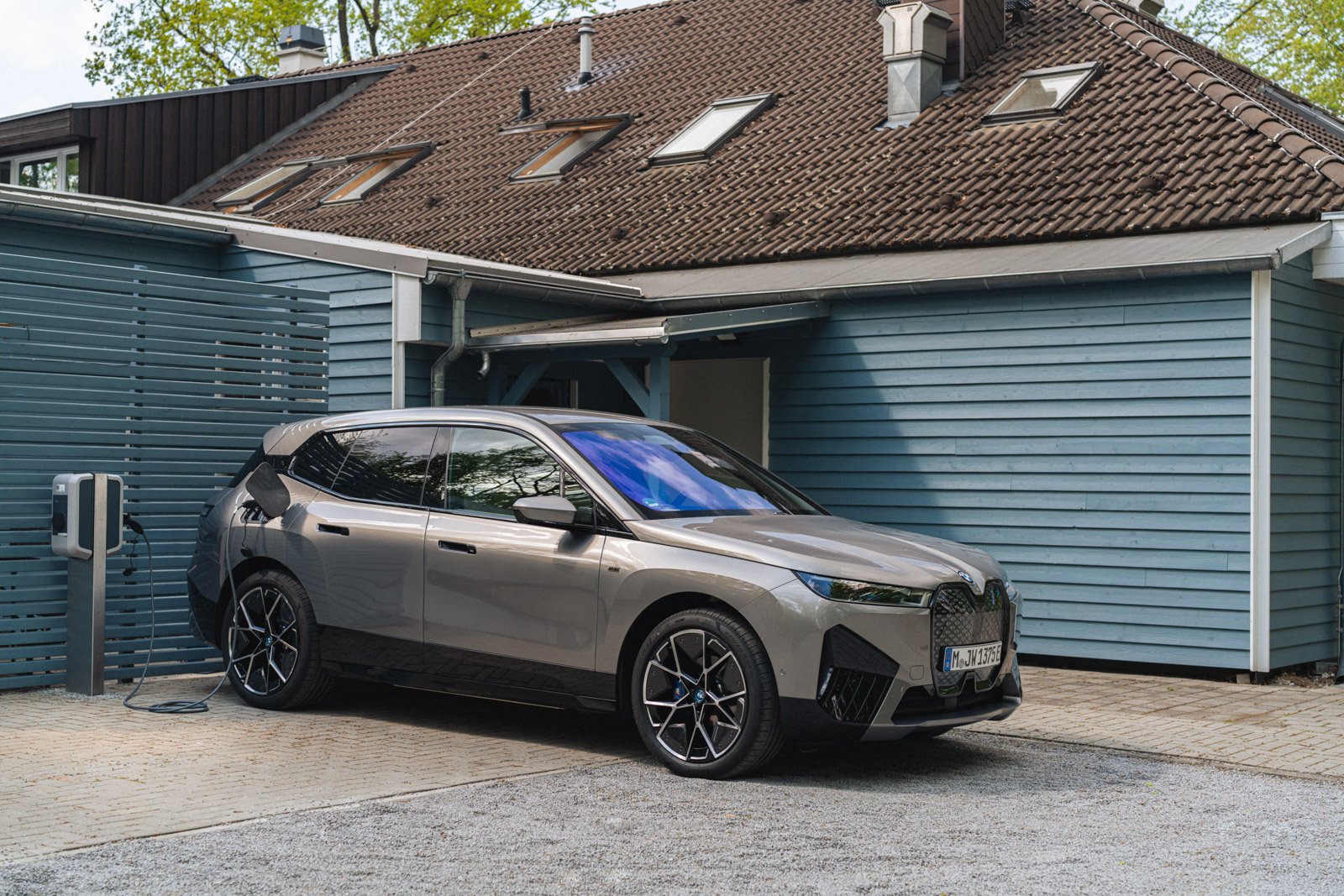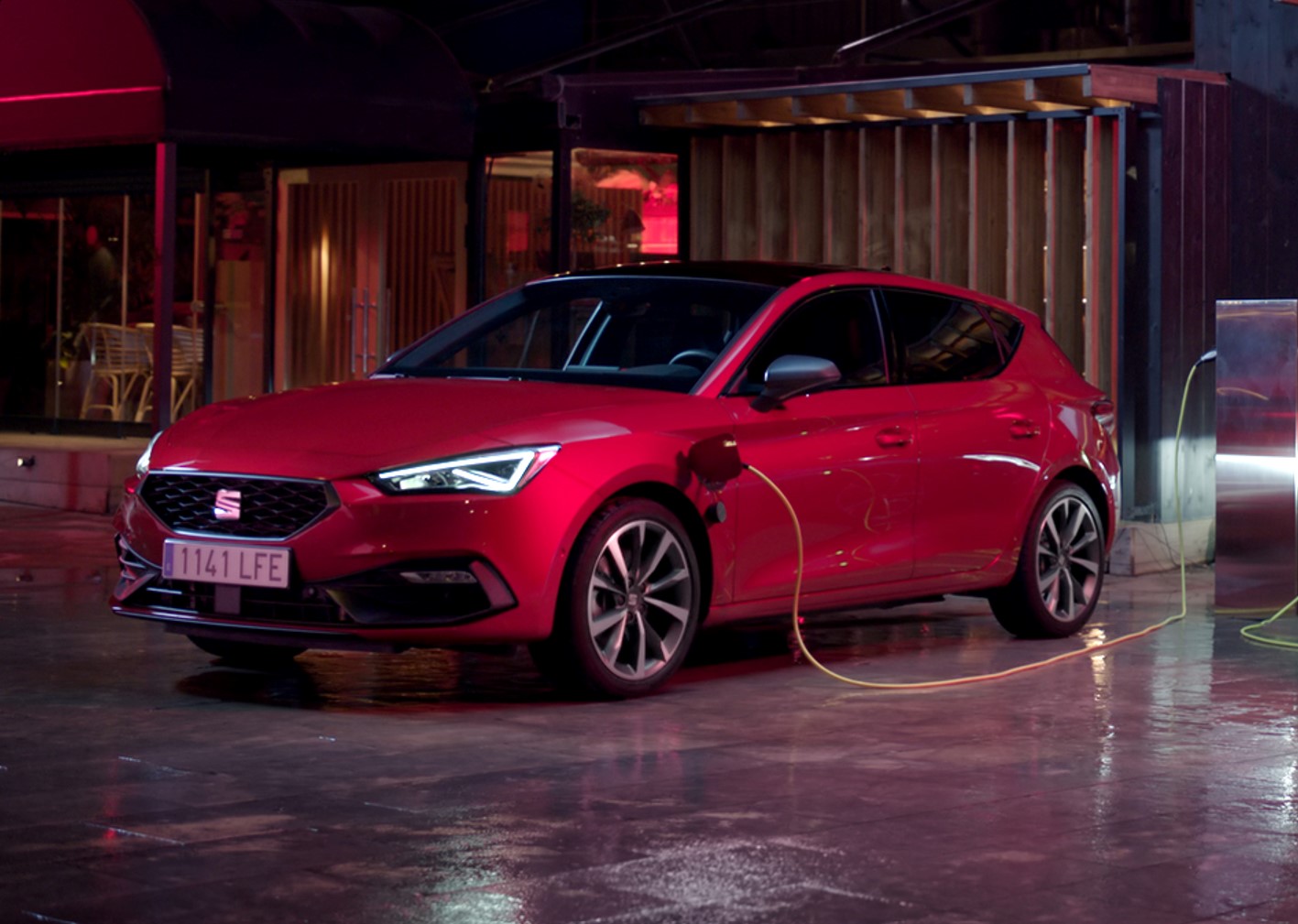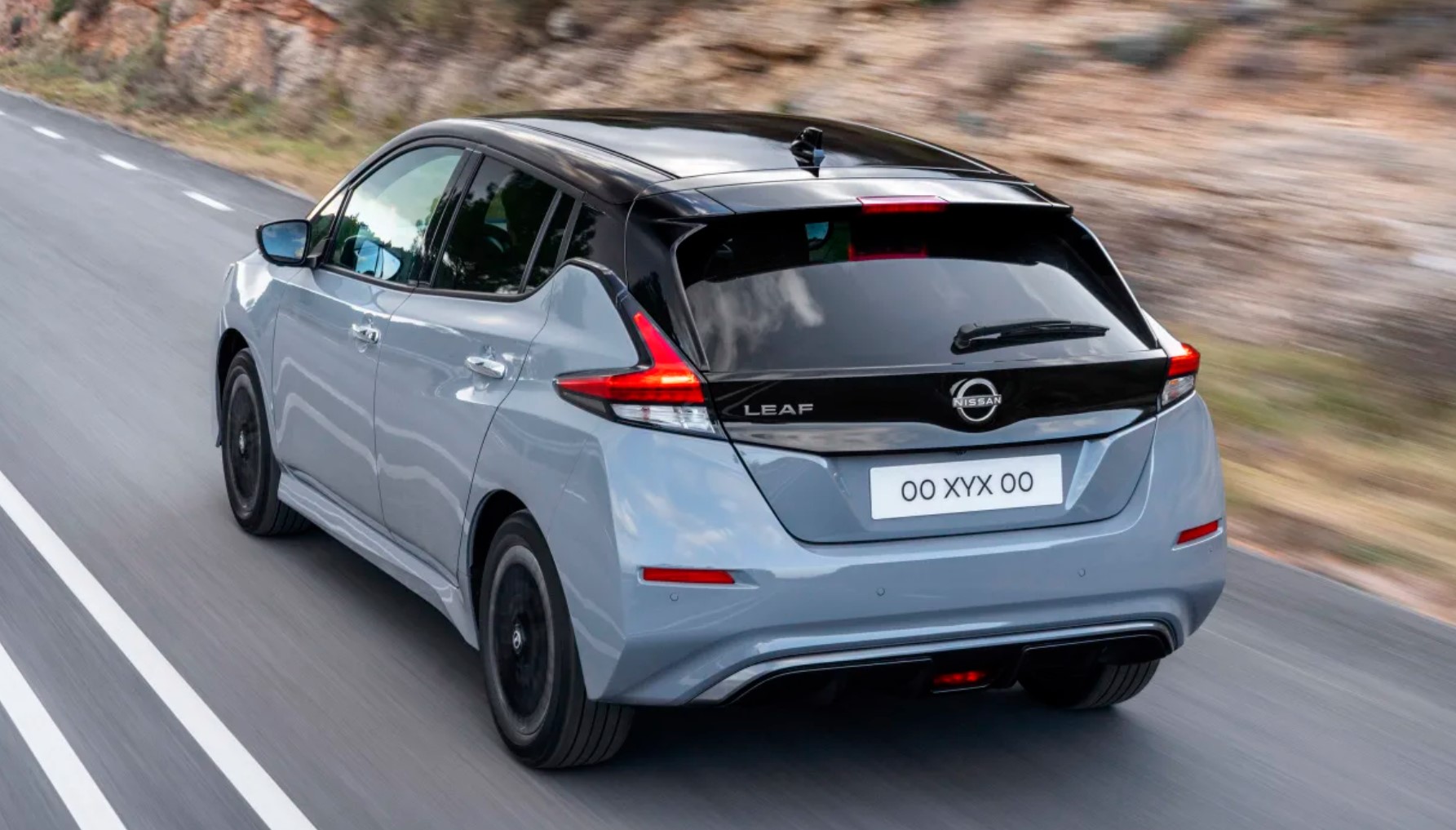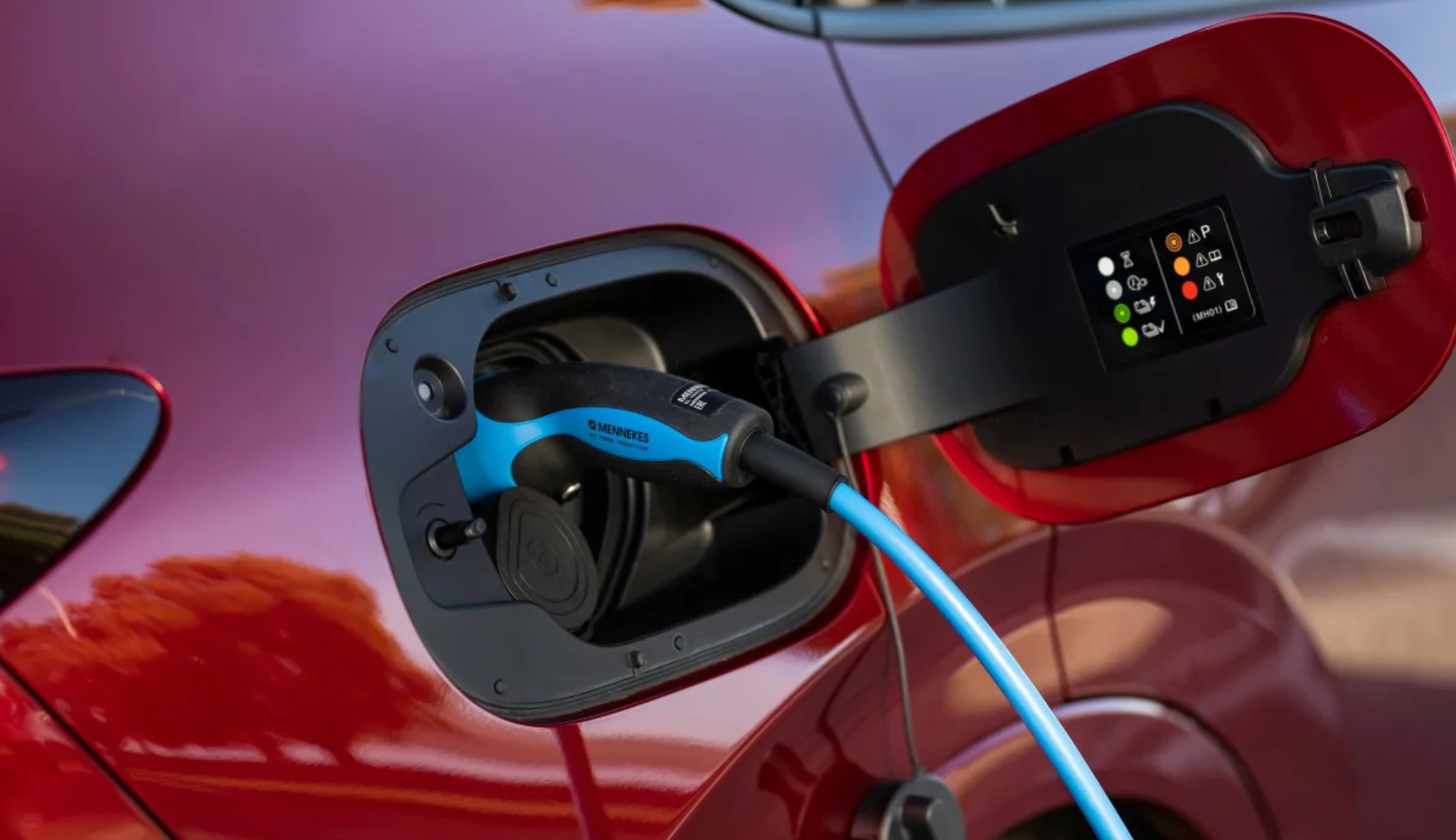The battery is one of the most important and expensive parts of an electric car, so it’s important to know how to look after it. Read on for advice on how to extend an EV’s battery life, independent research on how much different car batteries do degrade, and how much a replacement might cost.
Battery life is one of the main concerns for those interested in buying an electric car. Most EVs use lithium-ion batteries – the same as the ones in your laptop or smartphone – and these batteries tend to lose some of their capacity over the course of their lives. However, while your phone’s battery and the one in your electric car have many similarities, there are significant differences that affect degradation.
Charging or draining a lithium-ion battery from 0 to 100 per cent or 100 to 0 per cent is known as a charging cycle, which is the main factor that causes batteries to degrade. Battery degradation is less crucial in a phone, as most people buy a new one every two or three years, or get a new battery for their phone after a while.
Of course, a car needs to last much longer than that, so most manufacturers fit electric cars and vans with a built-in buffer preventing the batteries from being drained all the way to 0 per cent or being completely charged up to 100 per cent. This reduces the amount of charging cycles that take place, minimising the long-term degradation of the battery and maintaining as many available miles as possible.
On top of this, many carmakers provide a standard eight-year or 100,000km battery warranty with their electric vehicles, which also covers a certain amount of battery degradation during this time.
While these factors provide a certain level of security for electric-car buyers, there are additional steps you can take to minimise any battery degradation and maximise your EV’s battery life. After all, a battery replacement for an electric car can be costly, so it’s essential to follow best practices and preserve your electric car’s battery health.
Five ways to extend the life of your electric car’s battery
1. Keep the battery between 20% and 80% charged and avoid going to low or too high in charge if its feasible.
2. Minimise exposure to warm temperatures (which can be rather hard for many Australians, but an insulated garage or parking underneath rather than on top of a multi-level car park helps).
3. Allow the battery to cool down before recharging.
4. Limit your use of rapid chargers (use slower charging whenever you don’t need a quick recharge).
5. Don’t leave your car fully charged for long periods.
Should I charge my electric car every night?
You should avoid charging your electric car’s batteries every night. Frequent charging cycles from 0% to 100% can cause your vehicle’s battery to degrade, especially if you’re using rapid or ultra-rapid chargers often, as these refill the battery at a much faster rate.
If you leave your car charging overnight, using a charger that top ups the battery at a slower rate like most home wallboxes or on-street chargers are the best option, as this will reduce the chances of an entire charge cycle being completed. Most electric vehicles include an on-board buffer that stops the battery from topping up above 80% to protect against degradation, but not all electric cars include this feature. For best practice, try topping up your battery to no more than 80% just to be safe, or simply add enough charge for the next day’s driving and remove the charger. This will help maintain your car’s battery health and maximise its available kays.
Some cars also have the function to stop charging at a certain point, such as when it hits 80 per cent charged. This is usually found in the charging menu in the car, or it might be accessed via a smartphone app.
How long can an electric car sit without charging?
You should never leave your electric car parked for long periods with little charge, as this can cause the vehicle’s battery to degrade. Electric cars lose small amounts of charge when parked and not being driven, so it’s essential to check in on your vehicle’s charge level and ensure it remains between 20% and 80%. An electric-car battery replacement can be an expensive procedure, so it’s important to look after it and minimise degradation if you want to save money.
How much does a replacement electric car battery cost?
There’ll be slight variations from car to car depending on the age and condition of the old battery. It’s much cheaper to get a third party to fit a good-condition used or refurbished battery. Replacing a 24kWh battery this way should cost around half the price of buying a new one – although that’s highly dependent on how much a secondhand pack can be sourced for.
Unless your car’s battery has been particularly badly treated, you shouldn’t need a new battery for many years, if it all. A particularly degraded battery should be covered under warranty if your car is less than eight years old.
It may also be that a degraded battery doesn’t need to be dumped entirely; it could just be a few faulty cells that need to be swapped out. There are independent electric-car specialist service centres that can carry this job out for considerably less than it costs to replace a whole battery.
So how much does a replacement battery cost? In the case of the Nissan Leaf, there is a replacement program for the first-generation models where the replacement is $9900 plus labour. A Tesla battery pack, however, which is larger can cost over $20,000 – so it pays to look after the one you have and plan to extend its life as long as possible.
How much do electric car batteries degrade?
Using data from GPS fleet tracking firm Geotab, Select Car Leasing analysed 64 electric cars built between 2012 and 2019 to see how battery degradation affects electric cars, and whether or not newer models are more resistant to the effect.
The Nissan Leaf was picked as an example, as it was one of the first modern mass-produced electric cars to be sold in the world. Select Car Leasing’s study found those built between 2011 and 2013 will today have around 80 per cent of their battery capacity left.
Earlier modern electric cars are particularly prone to battery degradation, the study claims: a 2013 Leaf lost 3% of its capacity after one year, while a 2015 model lost 6% the first year, while a newer, more advanced 2019 model lost just 1%.
According to the study, the electric (and plug-in hybrid) cars with the lowest percentage battery degradation included the Audi A3 e-tron (0.3% year-one degradation), Tesla Model 3 (0.6%) and Tesla Model X (0.7%), along with other models like the BMW i3 (0.9%) and Tesla Model S (1.1%).
In contrast, at the opposite end of the study’s results, some popular models returned some less impressive battery degradation results. The Mitsubishi Outlander PHEV was the worst hit, with 4.1% of its battery capacity lost in the first year, while the Kia Niro PHEV lost 3.5%.
Overall, the study shows that newer electric cars tend to be less prone to degradation.
What should I check for if I’m buying a used electric car?
The most important thing is to check how much of the manufacturer’s original battery warranty is left. It’s worth getting the car’s battery status checked at an independent specialist, too. The good news is that – as mentioned above – in some cases it’s possible to change the individual cells rather than the whole pack, which is substantially cheaper.




